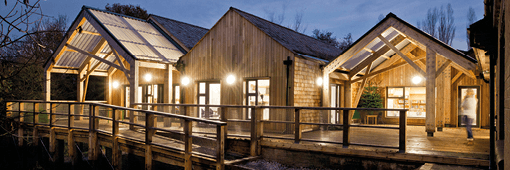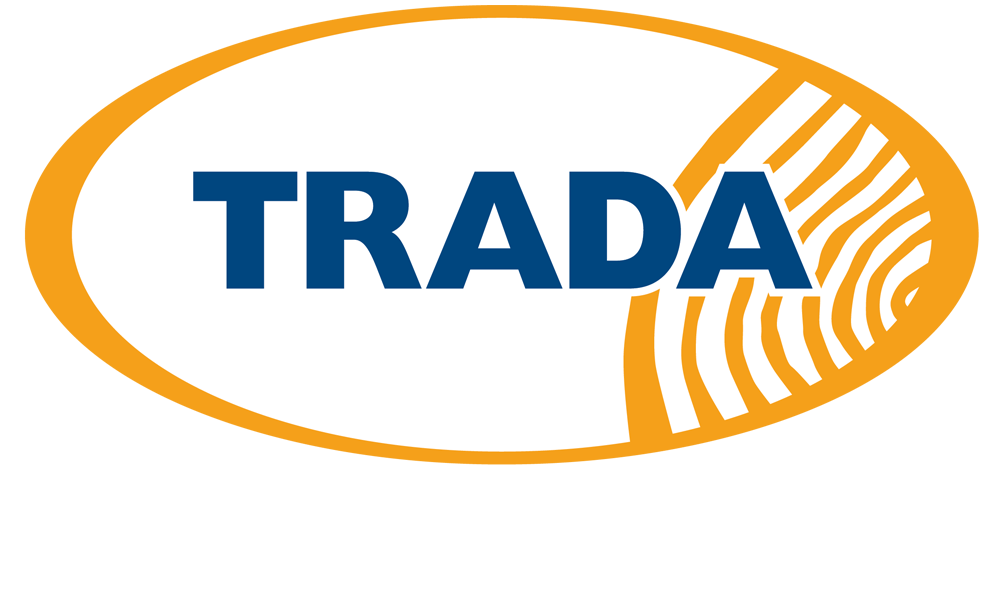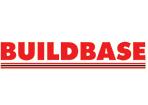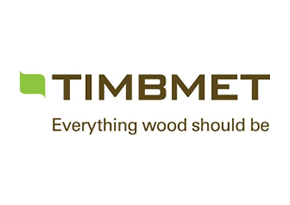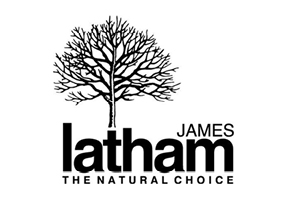Timber I-joists: applications and design

Timber I-joists are engineered structural components that are widely used in the UK, particularly as floor joists. Its high strength-to-weight ratio and economy in use of materials make the timber I-joist popular when designing for long-span and tall structures. I-joists shrink or swell less than solid wood when the ambient conditions change.
I-joists are factory produced in the UK and elsewhere, with extensive quality control checking to ensure constancy of performance. The route to market is via third-party certification that establishes safe design values for use with design codes.
This Wood Information Sheet (WIS) covers the many considerations to be made when working with I-joists including the potential need for metal strapping or the need for temporary bracing or sheathing during construction due to the tendency for unrestrained joists to twist due to buckling when compressed.
Contents:
- CE Marking
- Structural principles
- Application of I-joists
- Details for design and construction
- Engineering design
Suggested Reading
Contemporary non-metallic timber connections
In buildings such as swimming pools, grit salt storage facilities and agricultural spaces there is a need for the provision of corrosion-resistant structure. Timber structures are an effective solution in these instances. However, within these structures it is also necessary to use corrosion-resistant connections.
In recent years, interest in...
01/01/2012 | Research Summarie
Strutting in timber floors
Strutting plays a useful role in promoting composite structural behaviour of the components that form a timber floor.
The effects of strutting are to:
- reduce local deflections by transferring load to adjacent joists (load sharing)
- improve joist stability by providing lateral support to joist edges
- reduce the...
28/02/2017 | Wood Information Sheet
Fasteners for structural timber: nails, staples, screws, dowels and bolts
Timber designers usually consider connection design to be the most difficult area in timber engineering. The traditional mechanical fasteners for structural timber are divided into two groups depending on how they transfer the forces between the connected members - 'dowel-type fasteners' and 'metal connectors'.
This Wood Information Sheet...
13/06/2016 | Wood Information Sheet
